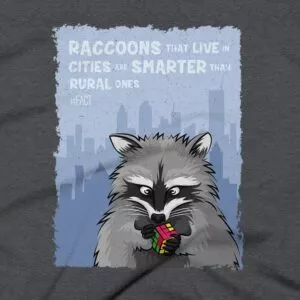Not all clothing can be just tossed in the washing machine.
Different fabrics have a variety of reactions to traditional washing, which is why we find ourselves bringing those pieces with tags attached stating “dry clean only” to the professionals.
Have you ever wondered what actually happens to your clothing after you hand it over the counter to your dry cleaner?
Or whether or not the dry-cleaning process is actually even “dry”?
How & When Dry Cleaning Started

Dry cleaning was first created in the 1940’s after the French tailor Jean-Baptiste Jolly realized that solvents were able to take out dirt and grease stains from fabrics.
This has become a common process of washing clothing and removing stains in modern society as not all fabrics mix well with the traditional method of washing clothing with water.
The dry cleaning process replaces the use of water with a petroleum solvent.
In the past, kerosene or gasoline was often used as the solvent to remove stains, but has since been replaced with perchloroethylene, also known as “perc,” which has become the industry standard throughout the world.
This solvent was popularized in the 1930’s and has been a mainstay for most dry cleaners since.
Though many people assume that dry cleaning is a dry process, the reality is that the garments still get wet.
The “dry” in “dry cleaning” just means that there is no water used while washing.
So, How Does Dry Cleaning Work?

Garments are generally put into machines that appear similar to washing machines, but the water is replaced by perchloroethylene.
After the washing process an extractor distills and recovers the perchloroethylene so it can be reused.
If the solvent is not distilled before reuse it will cause a foul smell which will make it’s way into the garments it is supposed to be cleaning.
Recovering the solvent also prevents it from evaporating and contributing to air pollution.
Though solvents are used for much of the dry cleaning process they are not suitable for all stains.
Clothing that comes in to be cleaned with stains from substances such as lipstick, paint, and grease come out with the use of solvents.
Other stains such as grass, juice, and blood all need moisture in order to be removed from the fabric.
Care instructions on clothing are not always reliable, as there are no laws requiring the correct cleaning instructions on a garment.
This is why it is important to go to an experienced dry cleaner who can use their judgment when choosing the best method to wash the clothing, rather than only following the instructions on the tag.
Depending on the item of clothing, many dry cleaners will also wet clean a piece if needed.
What is Green Dry Cleaning?

Perchloroethylene was found to be carcinogenic and neurotoxic in the 1980’s and has been linked to health issues with dry cleaning employees.
Some dry cleaners are now offering more eco-friendly alternatives by removing the use of perc and replacing it with a naturalized CO2 blasting process or liquid silicone from sand.
A number of dry cleaners are also opting out of using heat in the drying process to avoid any fading or shrinking to garments.
As a general rule, any garments with lining or fabrics that do not keep their color through wear or regular machine washing should be dry cleaned.
Some garments have too much detailing to be washed in the solvent machines.
These pieces are either washed by hand or with specialized equipment to prevent agitation to the delicate fabrics or applications on the garments.
After the clothing is washed, they begin the drying process. Air is applied to the clothing at 140 – 160 degrees Fahrenheit.
The exact temperature depends on the load and what is being dried.
After the garments have been heated the solvents will evaporate from the fabric.
The clothing is then cooled down to prevent wrinkling. Tension pressers are used for heavier clothing such as coats and trousers.
These tension pressers are better for heavier clothing than traditional machine pressing.
Delicate garments are pressed on air up finishing boards which smooth out any impressions in the fabric.
The final step of the dry cleaning process is packaging each garment to give back to the customer.
Older machines would pre-cut the length of the plastic garment bags so it was consistent for all clothing items no matter their length.
Many newer machines allow each plastic cover to be cut individually to match each garment which heavily reduces waste and cuts costs for dry cleaners.





















